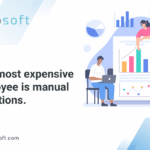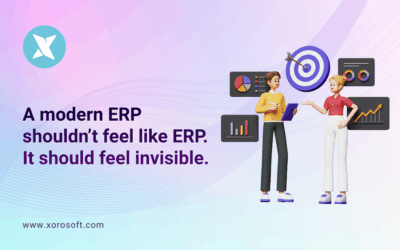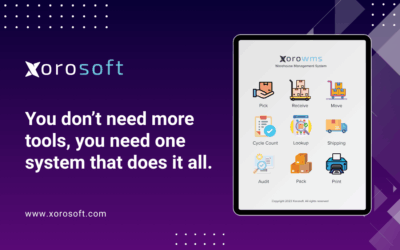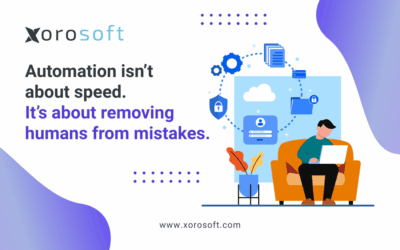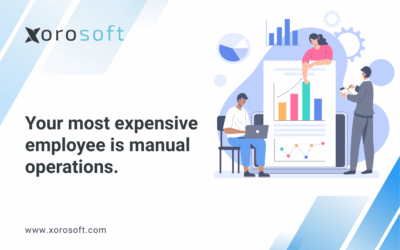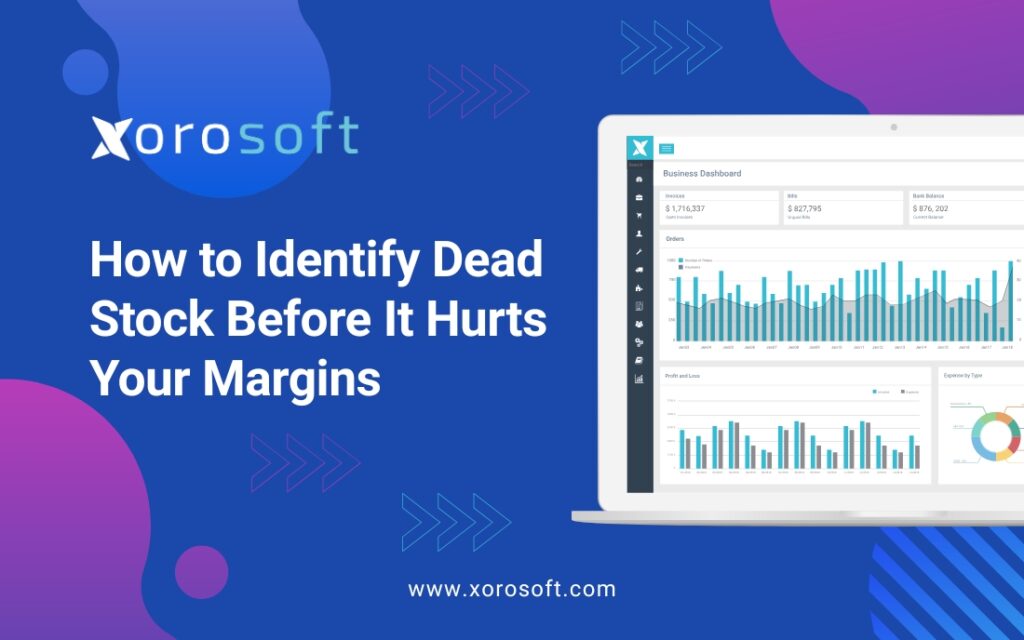
Inventory that’s not moving is money that’s not growing.
Every fast-scaling product business hits a point where dead stock inventory starts to pile up. You glance at the racks and realize some SKUs haven’t moved in weeks—maybe even months. They sit there, dusty and untouched, quietly draining your working capital, clogging your space, and skewing your forecasts.
Welcome to the world of dead stock inventory—where unsold goods silently sabotage profitability.
Whether you’re a manufacturer, retailer, or e-commerce brand, dead stock is more than just a space issue. It directly erodes your margins, slows down your cash flow, and limits your ability to reinvest in high-performing products. Even worse, most businesses don’t even realize they have a dead stock problem until it’s too late.
The Cost of Dead Stock Is More Than You Think
When you’re managing operations with spreadsheets or disconnected systems, identifying dead stock inventory becomes guesswork. As a result, issues creep in unnoticed—until they’ve already impacted your bottom line.
Here’s how that cost breaks down:
-
Tied-up Capital: Unsold stock locks up valuable funds that could drive sales or innovation.
-
Warehouse Congestion: Dead SKUs clutter valuable space, reducing efficiency.
-
Missed Restocking Windows: Overstocking poor performers limits reordering high-demand items.
-
Obsolescence: Products like fashion items or tech accessories lose value fast.
In short, failing to act early puts your margins, cash flow, and agility at risk.
Why Does Dead Stock Inventory Accumulate?
At first, it may seem like a purchasing or warehouse issue. However, the root cause is often systemic.
Dead stock often builds up due to:
-
Disjointed Systems: Sales, warehouse, and purchasing teams use separate tools. Consequently, data is delayed or inconsistent.
-
Inaccurate Forecasting: Without centralized demand insights, purchasing becomes guesswork.
-
No SKU Aging Reports: Many tools lack real-time tracking of SKU movement over time.
-
Manual Processes: Teams reorder based on feel, not data.
Because of this fragmentation, problems get buried until they become unavoidable.
How Unified ERP Systems Prevent Dead Stock
Instead of reacting to reports at month-end, modern inventory teams are proactive. They rely on real-time data from unified systems like ERP platforms to make fast, intelligent decisions.
With that in mind, here’s what that transformation looks like:
-
Track SKU velocity live
-
Automated aging alerts on 30-, 60-, and 90-day cycles
-
Smart replenishment tied to demand, not habits
-
Promotional workflows for aging inventory
-
Visibility across all channels, warehouses, and platforms
Accordingly, the focus shifts from reacting to preventing—before stock becomes dead weight.
How Xorosoft ERP Helps You Eliminate Dead Stock Inventory
Unlike traditional ERP platforms, Xorosoft is built for modern inventory management. It doesn’t just track—it actively helps you act.
✅ Built-In Aging Reports
Automatically flags SKUs that haven’t moved in a given time frame. Therefore, you always know what needs attention.
🔄 Smart Reorder Engine
With real-time sales velocity and historical demand data, Xorosoft avoids overstock and underperformance.
🧭 Channel-Wide Visibility
Whether you’re selling through Shopify, Amazon, or retail, everything connects in one place. In other words, no more blind spots.
📦 Native WMS with Granular Control
Location-level data means you’ll spot stock stuck in the back of the warehouse before it’s forgotten.
⚙️ Automation You Control
Set auto-triggers for discounts, block reorders, or alert managers when SKUs cross inactivity thresholds.
📊 Actionable Reports
From sell-through to gross margin impact, your team can move fast on the metrics that matter.
In fact, here’s how we rank:
🥇 #1 for Ease of Use on G2
🛒 Available now on the Shopify App Store
🔗 Learn more about Xorosoft ERP’s features or Book a demo today.




